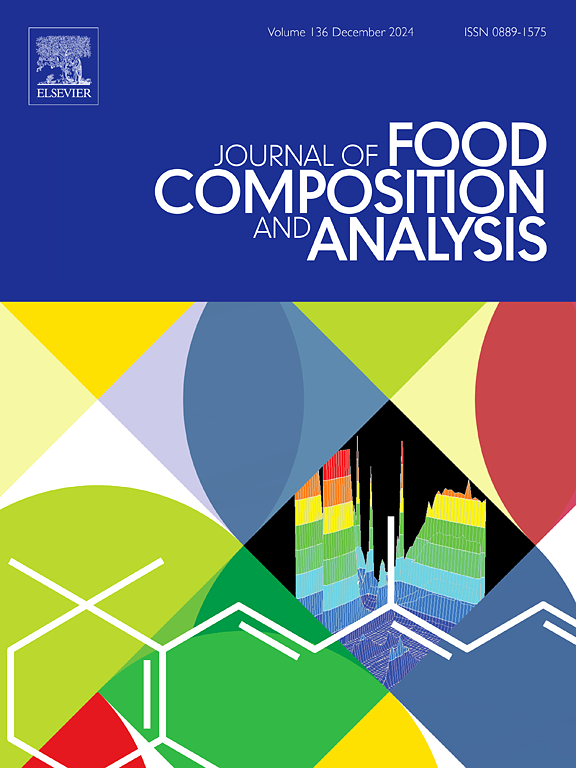Uptake and leaching of toxic heterocyclic UDMH transformation products in water-plant system
IF 4
2区 农林科学
Q2 CHEMISTRY, APPLIED
引用次数: 0
Abstract
Unsymmetrical dimethylhydrazine (UDMH) is a widely used propellant that spontaneously forms a large number of various products when spilled into the environment. A model solution was prepared containing 12 selected nitrogen-containing heterocycles and acyclic compounds. These are referred to in the literature as UDMH transformation products or assumed UDMH transformation products. The study used Brassica napus (oilseed rape) and Medicago polymorpha (burr medic) as test plants for seed germination and plant growth experiments. It was found that plants exhibited a 7–10 times higher uptake rate for 1,2,4-triazole, imidazole, and substituted imidazoles when compared to other selected compounds. It was shown that 1,2,4-triazole not only accumulated in plant tissues, but was the only compound to remain at the same concentrations after transferring plants to a clean medium for 2 weeks. Given that burr medic is a forage crop and oilseed rape is used as an oilseed crop, it is possible for a substance like triazole to reach humans through the food chain. Thus, the analysis of plant material in combination with the analysis of natural water and soil could provide a very powerful tool for detecting the alleged use of UDMH or chemicals containing substances similar to the UDMH transformation products.
求助全文
约1分钟内获得全文
求助全文
来源期刊

Journal of Food Composition and Analysis
工程技术-食品科技
CiteScore
6.20
自引率
11.60%
发文量
601
审稿时长
53 days
期刊介绍:
The Journal of Food Composition and Analysis publishes manuscripts on scientific aspects of data on the chemical composition of human foods, with particular emphasis on actual data on composition of foods; analytical methods; studies on the manipulation, storage, distribution and use of food composition data; and studies on the statistics, use and distribution of such data and data systems. The Journal''s basis is nutrient composition, with increasing emphasis on bioactive non-nutrient and anti-nutrient components. Papers must provide sufficient description of the food samples, analytical methods, quality control procedures and statistical treatments of the data to permit the end users of the food composition data to evaluate the appropriateness of such data in their projects.
The Journal does not publish papers on: microbiological compounds; sensory quality; aromatics/volatiles in food and wine; essential oils; organoleptic characteristics of food; physical properties; or clinical papers and pharmacology-related papers.
 求助内容:
求助内容: 应助结果提醒方式:
应助结果提醒方式:


